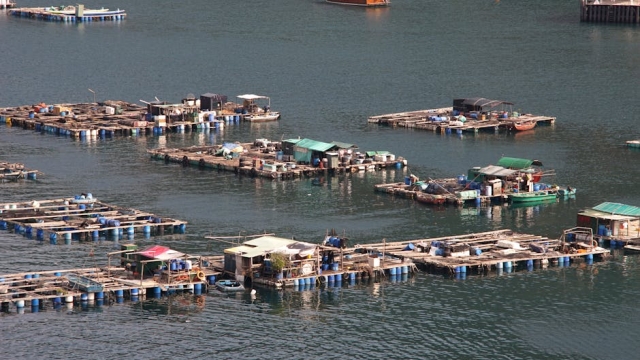
Aquaculture, the farming of aquatic organisms such as fish, shellfish, and plants, plays a vital role in meeting the global demand for protein and promoting sustainable food production. As populations grow and natural fish stocks decline, aquaculture provides a viable solution to ensure food security while minimizing environmental impact. To successfully operate an aquaculture venture, the right equipment is essential. This article will explore the various types of aquaculture equipment available, offer guidance on selecting the best suppliers, and highlight some reputable aquaculture equipment suppliers in the industry.
Overview of Aquaculture Equipment Types
The equipment used in aquaculture is diverse and tailored to meet the specific needs of different types of aquatic farming operations. Understanding the types of equipment available can aid in making informed decisions for your aquaculture setup. Here are some common categories:
Tanks and Rearing Systems
At the heart of any aquaculture operation are tanks and rearing systems. These can range from simple backyard setups to complex, high-tech recirculating aquaculture systems (RAS). Tanks must be designed to provide optimal conditions for the species being cultivated, including appropriate water depth, temperature, and space. Various materials, such as fiberglass, concrete, and polyethylene, are used to construct these tanks, each with its advantages and disadvantages.
Filtration Systems
Water quality is critical in aquaculture, making filtration systems an essential component. These systems help remove waste, uneaten feed, and other contaminants from the water. Several types of filtration systems are available, including mechanical, biological, and chemical filters. The choice of filtration system will depend on factors such as the scale of the operation, the species being cultured, and the specific water quality parameters that need to be maintained.
Feeding Devices
Automated feeding devices are increasingly popular in aquaculture due to their ability to deliver precise amounts of feed at scheduled times. This helps to reduce waste and improve growth rates. Options include belt feeders, pneumatic feeders, and programmable feeding systems. Selecting the right feeding device can greatly enhance the efficiency and productivity of an aquaculture operation.
Monitoring and Control Systems
To ensure optimal growing conditions, monitoring and control systems are crucial. These systems track parameters such as water temperature, pH, oxygen levels, and ammonia concentrations. Advanced systems can even automate adjustments to maintain ideal conditions. Investing in reliable monitoring equipment can significantly improve the health and yield of aquatic organisms.
How to Choose the Right aquaculture equipment supplier
Product Quality
Quality is paramount when it comes to aquaculture equipment. Look for suppliers that offer durable, reliable products designed for the specific demands of aquatic farming. Checking reviews and testimonials from other aquaculture operators can provide insight into the supplier’s reputation for quality.
Customer Service
Effective customer service can make a significant difference in your purchasing experience. Choose suppliers who provide knowledgeable support, prompt responses to inquiries, and assistance with installation and maintenance. A strong relationship with your supplier can lead to better service and ongoing support.
Delivery Options
Timely delivery is essential, especially when setting up new systems or replenishing supplies. Inquire about the supplier’s delivery options, lead times, and shipping policies to ensure that you can receive equipment when you need it.
Top Aquaculture Equipment Suppliers in the Industry
While there are many suppliers in the aquaculture equipment market, some have established themselves as leaders in the industry. Here are a few reputable aquaculture equipment suppliers to consider:
- Wolize: Known for their comprehensive range of aquaculture solutions, Wolize offers high-quality equipment tailored to various aquaculture needs. Their commitment to innovation and customer support makes them a reliable choice for operators.
- Aquafarm Equipment: Specializing in sustainable aquaculture practices, Aquafarm Equipment provides eco-friendly solutions and expert advice to help maximize productivity while minimizing environmental impact.
- Aquaculture Systems Technologies: This supplier focuses on advanced technologies and systems, offering a variety of equipment to cater to both small-scale and large-scale operations.
In conclusion, selecting the right aquaculture equipment supplier is crucial for the success of your aquaculture venture. By understanding the types of equipment available and considering key factors when choosing a supplier, you can ensure that your operation is well-equipped for sustainable aquaculture practices.
